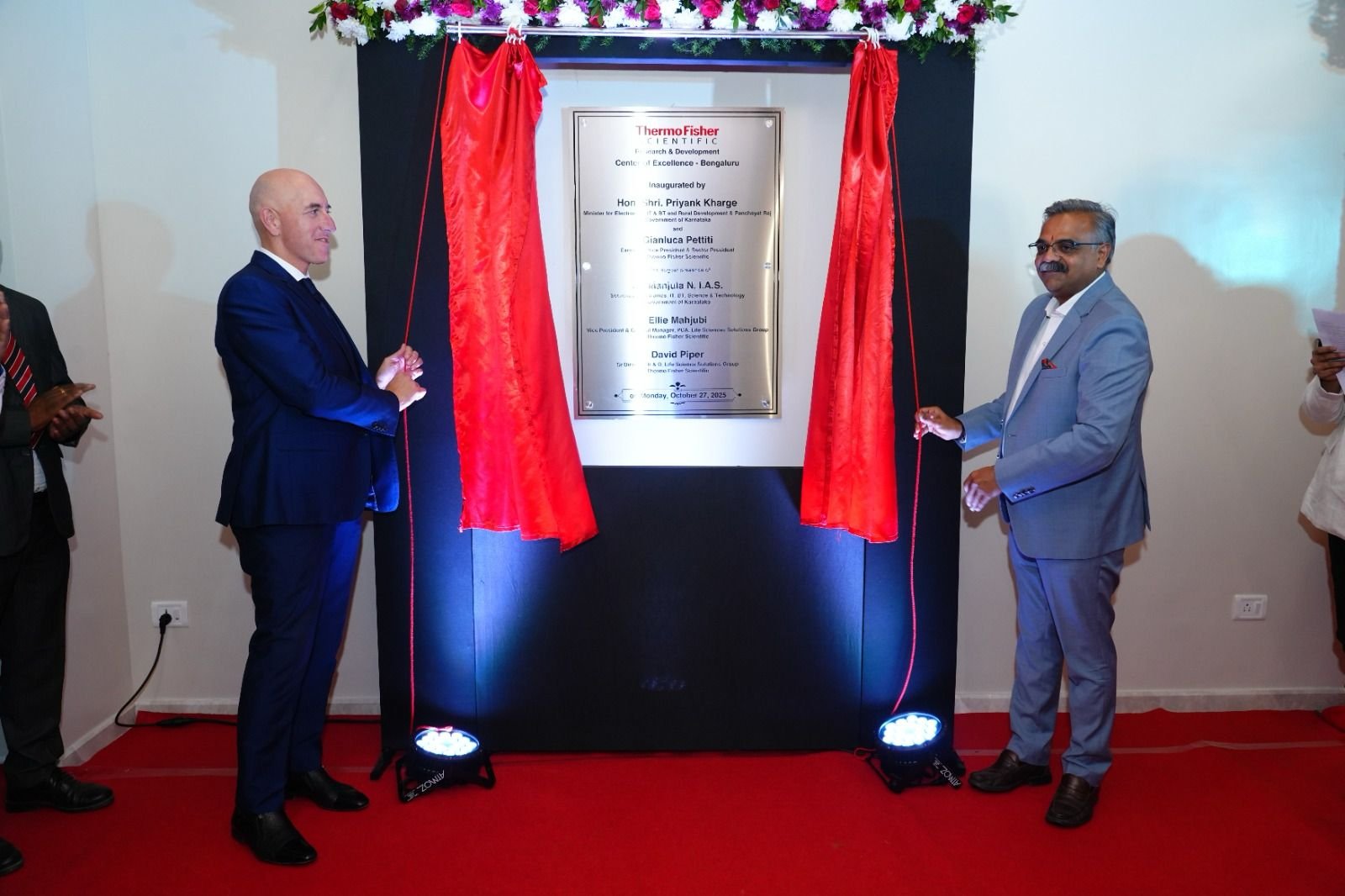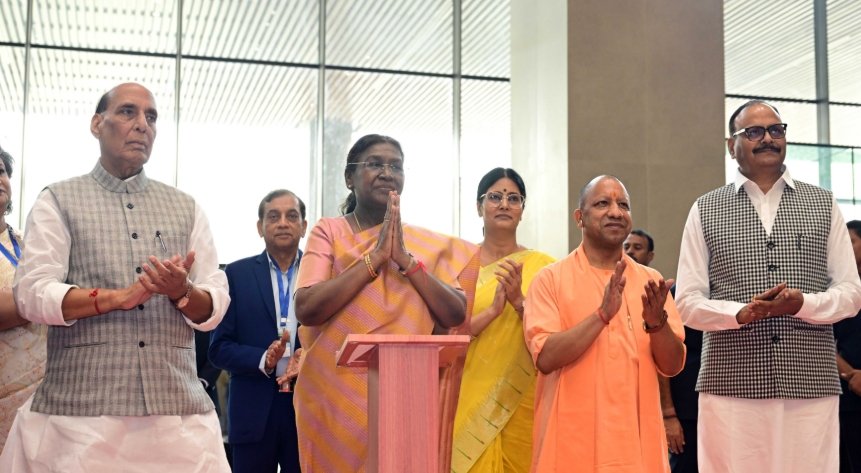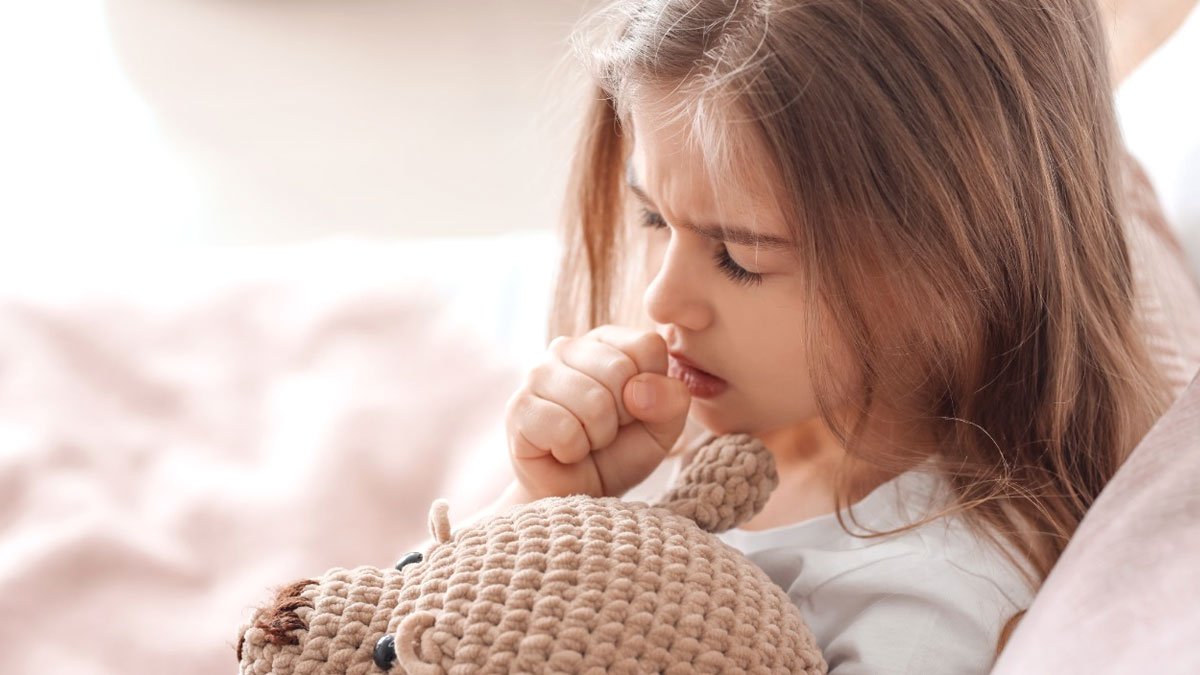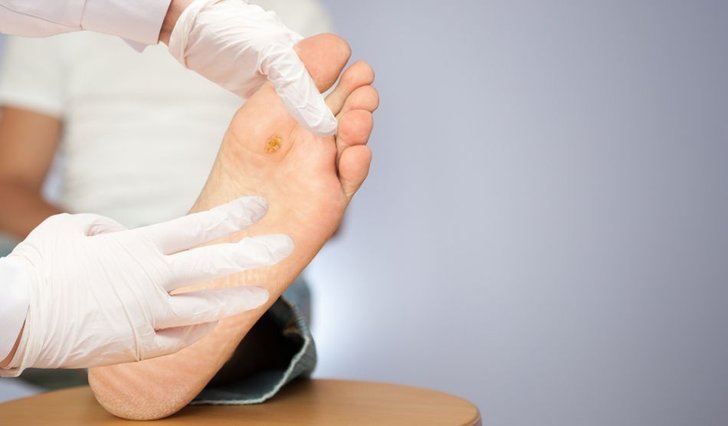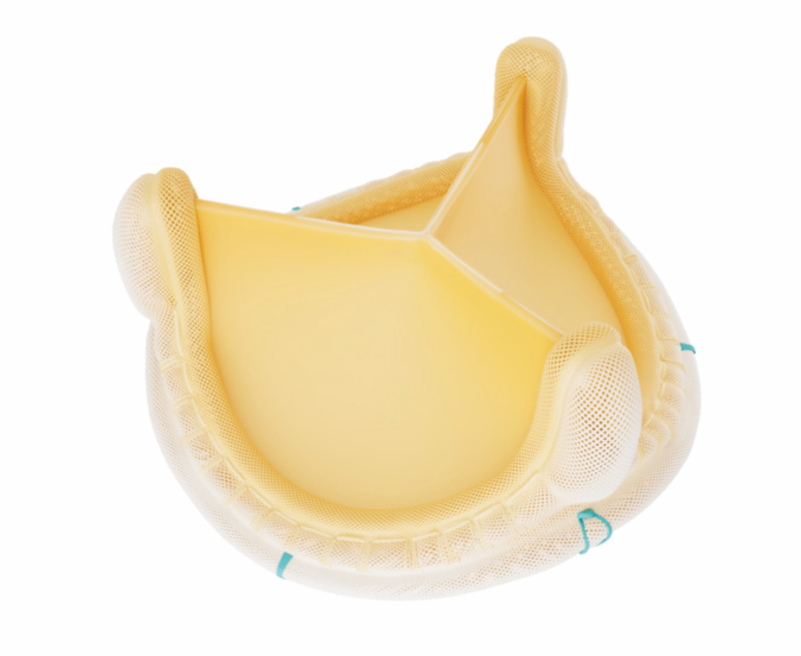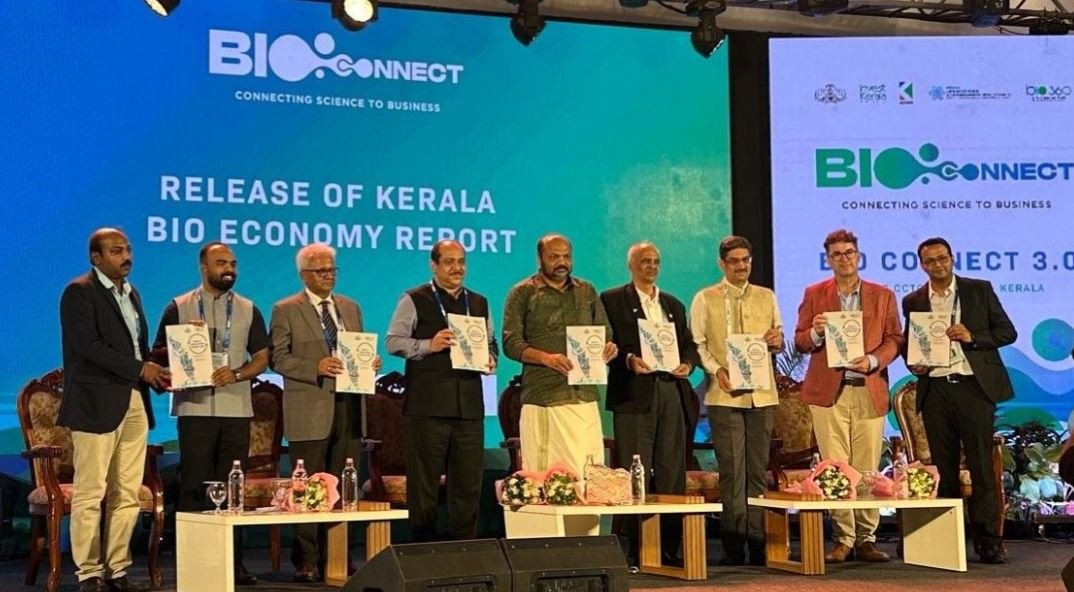Educate farmers to change behaviour
October 11, 2011 | Tuesday | News

|
Mr
Sekhar
Natarajan
Former CEO & regional lead, Monsanto
A chartered accountant by qualification, Mr Sekhar Natarajan is the
managing partner at S N Consultants since September 2010. He was the
CEO and regional lead at Monsanto from June 1980 to August 2010. He is
the chairman of the company’s listed entity providing strategic
counsel, business guidance, and representing the company on several
industry forums. |
It is 10 years since farmers in India planted hybrid cotton seeds with
Bt trait technologies, which provide cotton plants in-built insect
protection against bollworms infestation, thus leading to lower
insecticide use, better boll retention, and higher yields. Bt cotton
seeds are widely planted globally as an environment-friendly way of
controlling bollworms, which are known to cause maximum yield loss and
economic damage to the cotton crop. While there are five competing Bt
cotton technologies available in India today, the first revolutionary
technology was introduced in 2002 by Mahyco-Monsanto Biotech India
(MMB), a joint venture between Maharashtra Hybrid Seeds (Mahyco) and
Monsanto Holdings (MHPL).
Monsanto is singularly focused on agriculture. To quote Mr Hugh Grant,
CEO, Monsanto, “When farmers succeed, we succeed.” We have partnered in
enabling farmers’ success for over four of our six decades in India.
What is unique to Monsanto is that majority of the field team are from
farming backgrounds, who live and work daily with farmers. Their
farming background and the company’s singular focus on agriculture
gives us a tremendous competitive advantage in understanding our
customers’ (farmers) needs. We begin with research to understand
farmers’ needs and challenges, and then evaluate the value that our
products can create for farmers prior to any product introduction.
During 1993 t0 2002, cotton yields, production and acreage had
stagnated to around 300 kg lint per hectare, 152 lakh bales and 85 lakh
hectares, respectively. Our research indicated that due to heavy
infestation by two main groups of insects — first, biting and
chewing-type insects known as the bollworm complex and second, sucking
pest insects — the cotton crop was largely non-remunerative to India’s
farmers. Cotton farmers faced reducing insecticide efficacy against
bollworms, and had an urgent need for better insect protection.
It is estimated that before 2002, cotton accounted for 50 percent or

16 billion of

33.8 billion-worth pesticides, used in agriculture in
India (Agrolook, 2001). On an average, farmers sprayed bollworm
insecticides five-to-20 times at a cost between

1,484 to

3,225 per
acre (all India average cost was

2,146 per acre) in one cotton season.
During the 2001-02 kharif season, the bollworm epidemic is estimated to
have reduced the yield of cotton in the North zone by 50 percent. The
frequent and regular crop failures for 15 years were attributed to
bollworms, particularly to the Helicoverpa armigera insect. Thus, in
2002 Bt cotton technology was launched to offer our farmers the choice
and convenience of in-built insect protection to cotton plants, as an
option to repeated insecticide spraying for bollworms.
We overcame five challenges in the initial marketing of Bt cotton
technologies.
- Category development of agri biotechnology.
- New segment entry – launching a new technology product in the
seed segment.
- Technology ingredient marketing of a benefit experienced – A seed
with a value-added protein unseen at purchase and sowing.
- Behaviour change to reduce spraying insecticides for bollworms
infestation.
- Limited reach of mass media to educate six million cotton farmers
across nine states.
Our MMB marketing plans focused on three pillars: category education;
value to farmers; and choice of access.
Technology education
For farmers, seeing is believing. Our research finds that farmers
prefer receiving crop information from fellow farmers, rural retailers,
company, agriculture university or department representatives,
meetings, and mass media.
So, we focused on show-and-tell, and word-of-mouth methods using field
demonstrations and farmer meetings, supported by other tools. We
reached out to lakhs of farmers and academics, to educate and
demonstrate to them, the features, benefits and value created by seed
biotechnology, versus using seeds-plus-insecticides (for bollworms).
Field demonstrations and farmer meetings (participants ranging
from 15,000-to-10,000) were our main tools in category development and
habit change, and to some extent helped overcome the limited reach of
mass media.
MMB, our seed industry peers in India, and State Agri Universities’
expanding farmer education efforts between 2002-05 laid the foundation
for farmers’ belief in the new technology. In 2002, the year of the
launch, farmers planted Bt cotton seeds on 72,000 acres; and thereafter
from 2003-08 we saw 50-to-100 percent growth every year.
Within seven-to-eight years of launch in 2008-09, farmers chose to
plant cotton seeds with insect-protection Bt technologies on 90 percent
of India’s cotton acres. The immense value created by technology and
insecticide savings, doubled cotton production and transformed our
nation from a large importer into the world’s second largest cotton
producer and exporter.
It also helped that Indian seed companies priced the seeds
significantly lower (

1,600) than the combination cost to a farmer for
seed-plus-insecticide for bollworms (approximately

2,500 at the time).
Today’s price of Bt insect-protection cotton seeds is approximately

1,000 per packet, only a tenth of cotton farmers’ total input costs,
yet making the maximum impact on yield.
Functional positioning of technology
In the agri input industry, we know that farmers’ core needs are
maximum yield and income. Hence, our communication focused on the
functional benefits of technology, which is superior bollworm control
to cotton plants, so that farmers save more through less insecticide
usage, yield more cotton, and earn more income. This is supplemented by
biotechnology’s intangible benefits of convenience, peace of mind and
savings in time.
By embracing biotechnology, farmers have reduced insecticide usage by
over 20,000 metric tons annually, reducing agriculture’s impact on the
environment and saving billions of litres of water due to reduced
spraying. Insecticide usage to fight bollworms in cotton has reduced by
57 percent, which in value became

260 crores in 2008 from

600 crores
in 2002.
The International Cotton Advisory Council also confirmed that Indian
farmers have experienced the greatest benefit from Bt cotton
technologies as compared to their peers anywhere in the world. Broad
licensing of technology to Indian seed companies offer farmers the
choice to access technology in their preferred Indian hybrid seeds of
choice. Indian farmers’ seed purchase decisions are driven by
suitability to their soil and moisture, and nutrient conditions, than
by technology.
Today, MMB partners with several Indian seed companies in a broad
licensing model. Seed companies offers farmers over 600 hybrid cotton
seeds with our and other Bt technologies; and farmers can still choose
to use non-hybrid non-Bt seeds. India’s Bt cotton revolution is one of
innovation and partnerships. The seed and biotechnology industry,
partnering with 6.3 million farmers, governments at the Centre and in
nine states, agriculture universities and scientists, rural trade,
NGOs, and the industry that uses cotton (ginner, textile, export)
have enabled India’s cotton revolution.



